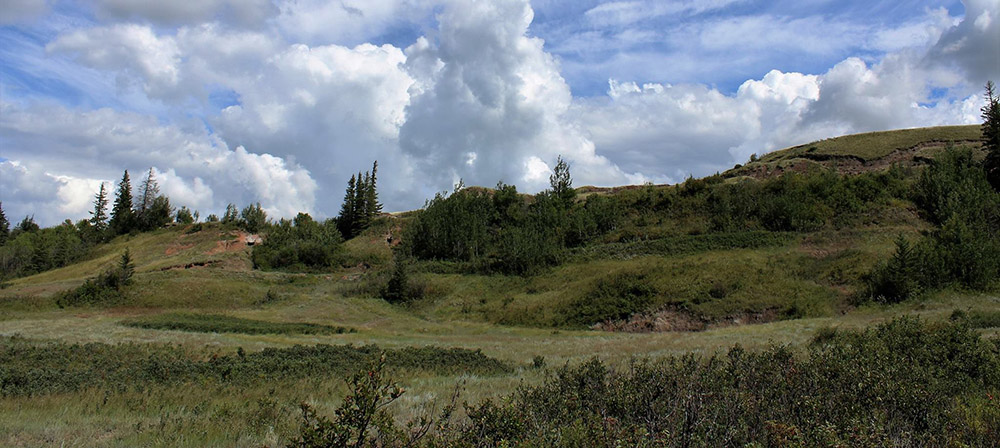
By Harry Brook
Ownership of anything is really only temporary stewardship. Farm land may be owned for generations but sooner or later, someone else will eventually decide what to do on the land and with the land. Some of you might want to preserve particular areas of your land that have a greater, personal significance to you. You may not be able to take it with you but there are ways to ensure pieces of land will remain as you left them or are limited to the uses put upon it by the title.
This is possible by using a Conservation Easement placed upon the title. It stays with the title regardless of who buys the land. There are three types of Conservation Easements, each for a specific purpose. There are environmental, esthetic or agricultural reasons for a conservation easement. Conservation Easements are also commonly being used as a tool in tax and estate planning while preserving the values the owners believe in. In all cases, they are used to protect, conserve and/or enhance certain features on the land. They do not have to apply to a whole quarter but can apply on small parcels in a quarter that have value to the owner.
We’ve seen this happen south of Calgary, where foothills ranches have used Conservation Easements to preserve the land use for grazing cattle and protect it from being developed into rural subdivisions. It is a way to protect certain property rights while at the same time allowing for the land to be continued to be used. The Easement is usually granted to a charitable organization, such as the Nature Conservancy of Canada or else a municipality to administer. Flagstaff County is an organization that is allowed to administer and monitor Conservation Easements in the county.
Environmental reasons can be landscape features like treed areas or land adjacent to creeks and rivers. It may be used to preserve a view, limiting development. This limiting of use does come at a cost, however. For agricultural purpose it may prevent certain, native or treed areas from being broken and annually cropped. It can also outline permitted uses for either small patches or for a large segment of the land. When you limit the use of a piece of land, it removes some value from that land. The market value will reflect this. As the landowner, placing the easement, you can be eligible to a tax receipt equivalent to the loss of value from the easement. This is usually issued by the entity that holds the easement. Land trusts, Nature Conservancy of Canada or a municipality can manage the easement.
Once an easement is in place, it must be monitored on an annual basis. A regular inspection and contact with the landowner(s) are essential. Recordkeeping is also a must. However, this is the responsibility of the group that holds the Conservation Easement. Sometimes there are opportunities to make changes to parts of the easement but that is dependent on the original intent as expressed in the letter by the initial landowner. As the landowner, placing the easement costs significant value in the land. Think carefully what your purpose for the conservation easement is and what you want to achieve.
Conservation easements are not for everyone, but they are a way to control land use beyond your ownership tenure. It’s up to each individual to determine if the value you forego in the sale, is worth the value you are trying to preserve and the legacy you leave behind. If you are interested in looking at using this tool as you look to transition from farming the land, please don’t hesitate to contact Flagstaff County.
Harry Brook is Flagstaff County’s Agricultural Fieldman. He can be reached via email at: hbrook@flagstaff.ab.ca or by phone at: 780-384-4138.